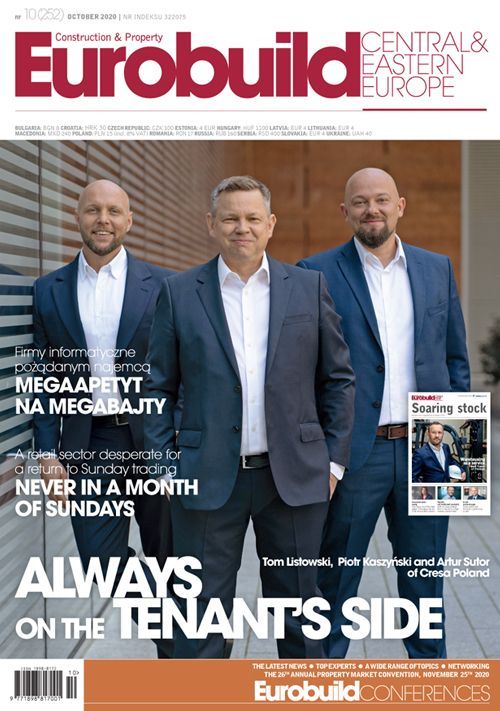The IT industry has proven to be so resilient to the present crisis that there has been no sign of any weakening in the demand for office space from this sector. Indeed, it accounted for almost half (48 pct) of all new lease agreements signed during the first half of the year. The largest number of such transactions was recorded in Kraków, where 49 pct of the volume of such leases took place.
The office is where the heart is
Ever since the outbreak of the pandemic the concern has been that the experiment many companies with home working many companies had been performing would result in lease terms being shortened and a general exodus away from traditional offices; but this has not happened. The initial uncertainty led many companies to decide to wait things out but, once this period had passed, they got back around the table to talk about relocations or to renegotiate their leases.
Employers are aware that the home office will not be replacing the traditional model any time soon,































































